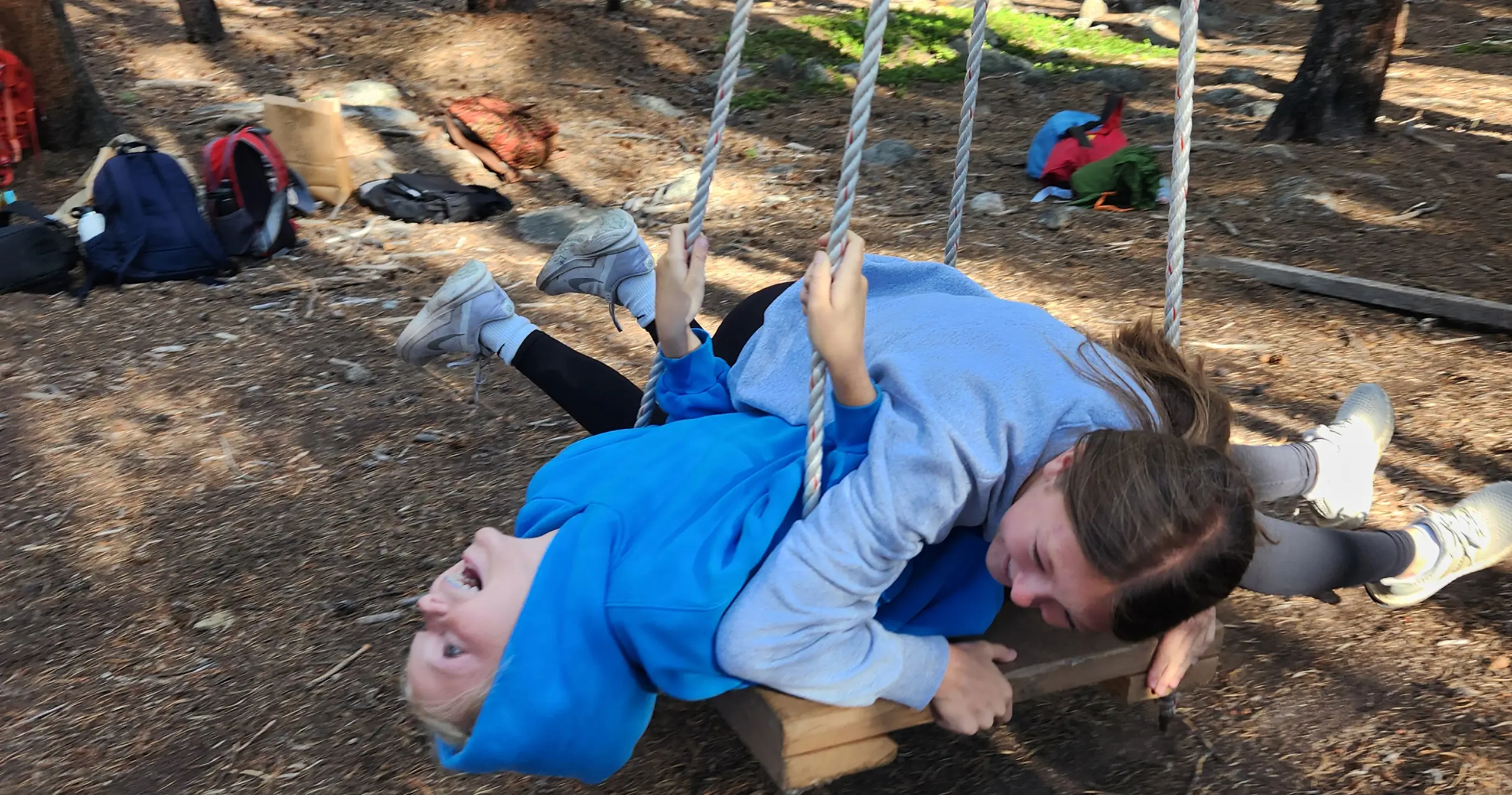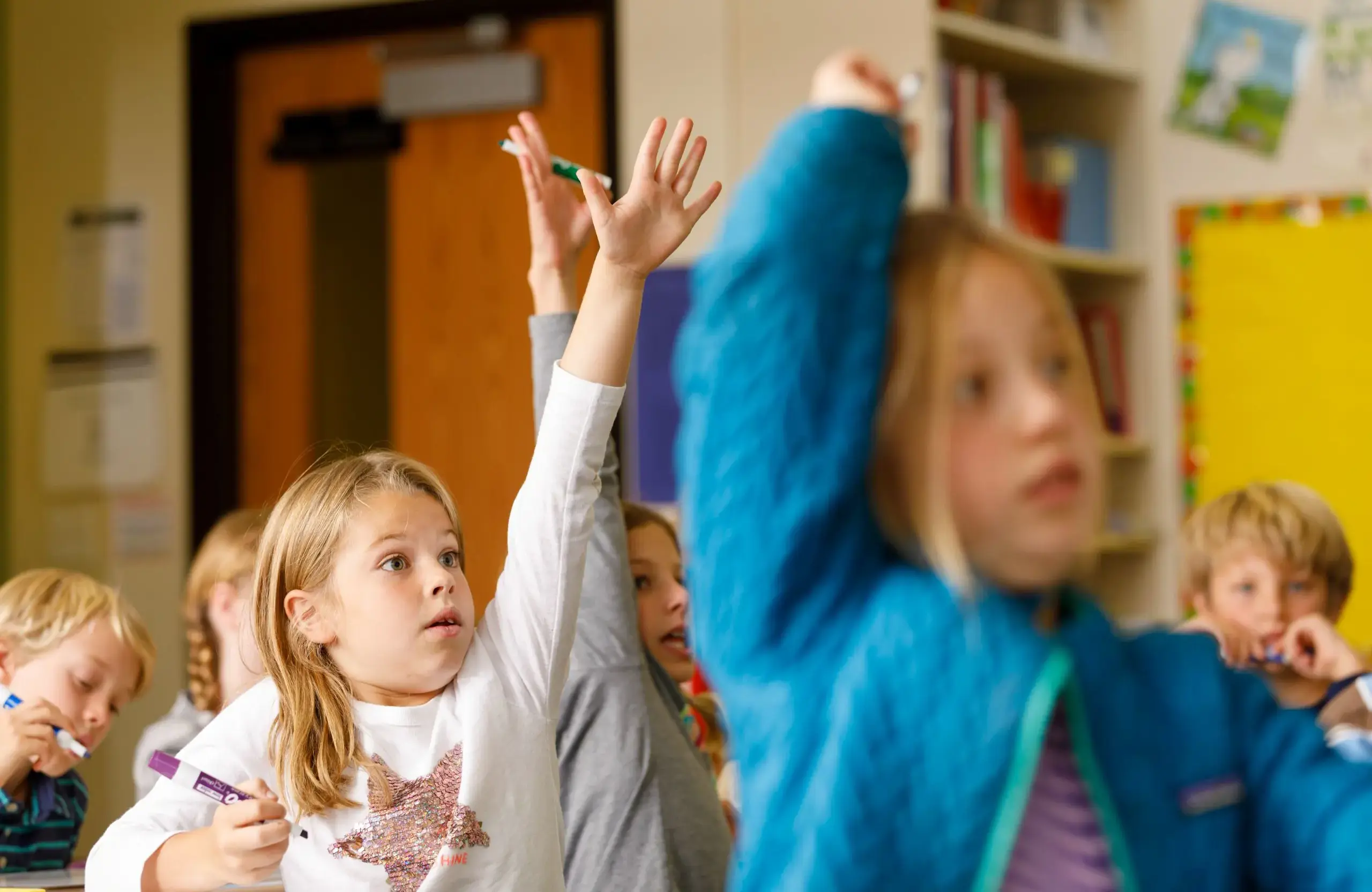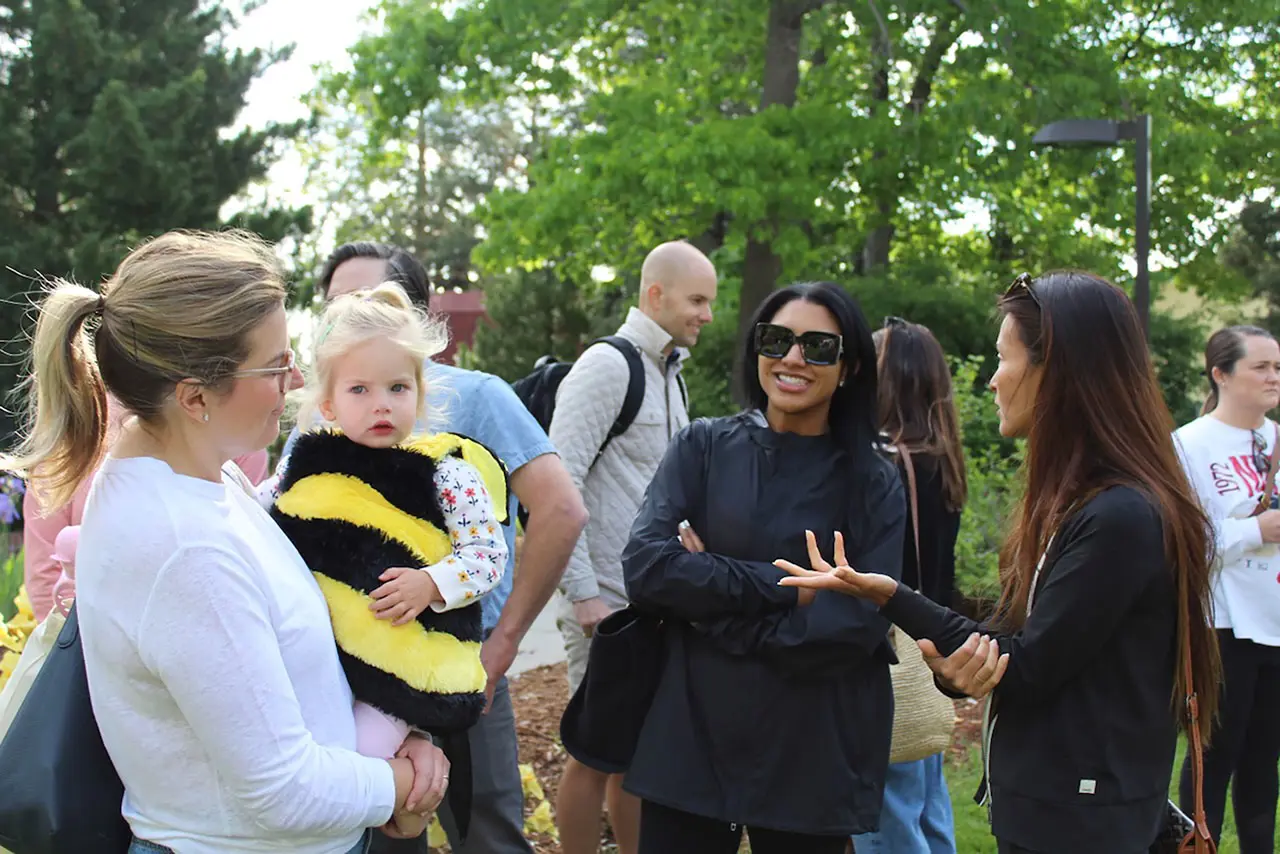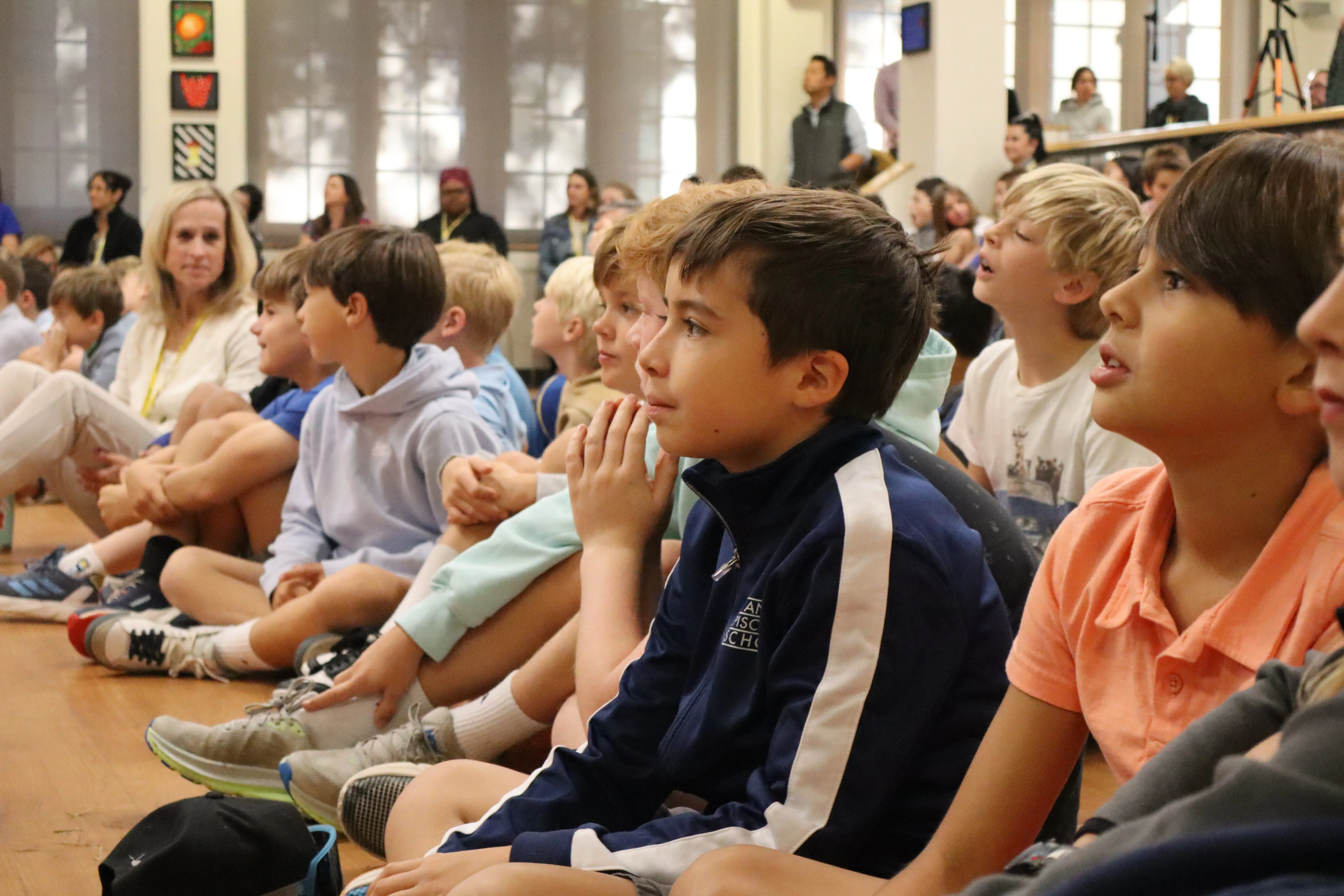Second Grade Overview
In second grade, our curriculum builds on foundational skills while expanding into a wide range of subjects, including language arts, mathematics, science, social studies, art, music, Spanish, physical education, character education, and service learning.
Key highlights include:
- Refining reading and writing skills
- Tackling more advanced math concepts
- Exploring engaging topics in science and social studies
- Fostering creative expression through art and music
- Promoting health and fitness in physical education
- Emphasizing core values through character education
Our curriculum inspires a love for learning, cultivates essential skills, and prepares students for ongoing academic success.
| Writing |
|---|
|
By the end of second grade, writers will be able to brainstorm topics, draft ideas, and write several types of texts. Students will apply phonics concepts to their writing and will practice spelling sight words. They will also begin to improve their writing by revising and editing work individually and in groups. Examples include retelling small moment stories, researching and writing about non-fiction topics, explaining opinions, writing friendly letters, and writing fiction series stories. |
| Grammar |
| Second grade students are constantly expanding their spoken and written vocabulary. Although we still see phonetic spelling, we are taking more time to use resources around the classroom (word wall, spelling lists) to increase the accuracy in writing words. Second-grade students are starting to take their skills from the sentence level into short paragraphs that employ transition words and more detailed descriptions. |
| Word Study |
|
Teaching fundamental skills is important because they lead to strong decoding and fluency. Word study systematically teaches phonics and phonemic awareness, which helps to unlock the English code in simple and complex words. |
| Reading |
|
In second grade, students participate in mini-lessons where the teacher teaches specific reading skills or strategies using a mentor text to model comprehension techniques. Afterward, students gather in guided reading groups based on their reading level to practice the skill or strategy. During group time, the teacher provides explicit instruction tailored to each group's needs. Students read a variety of texts, including fiction, realistic fiction, nonfiction, poetry, informational articles, and fluency passages. The ultimate goal is to instill a love for reading and a lifelong passion for learning. |
| Math |
|
The second-grade math curriculum focuses on building math fluency and understanding key concepts. Students will:
Students are encouraged to solve problems in multiple ways, explain their thinking, and connect math concepts to real-world situations using visuals and manipulatives. |
| Science |
|
Second-grade science emphasizes hands-on activities to explore cycles in nature and the local environment. Key topics include:
Students use these practices to demonstrate understanding of core scientific concepts. |
| Social Studies |
|
In second grade, students explore how the environment and access to resources shape communities, both in the past and present. Key topics include:
Students also explore how people solve problems in their communities, categorize community leadership actions, and analyze what communities have in common. |
| Music |
|
The second-grade music curriculum focuses on further developing a student's understanding of pitch, melody, and rhythm by singing, playing instruments, and exploring creative movement. Each class consists of a variety of rhythm games (recognizing eighth notes, quarter notes, half notes, and rests), vocal games and exercises, partner games and dances, and instrument exploration (pitched and non-pitched percussion). Basic musical terms and vocabulary are developed further. |
| Art |
|
In second-grade art, young artists primarily create through drawing, painting, and creating different types of 3-D sculpture. They learn about various artists and their styles and try to implement different pieces of those styles throughout their own work. Another important attribute to a growing artist is practice of the proper use of tools and strategies to create different effects in their artwork. Most importantly, the young artists are encouraged to experiment with different processes and try new things to explore their creativity and voice through art. This may include showing feelings or an idea through color or lines. Working in a more representational or realistic way vs. abstract are all things artists learn, practice, and create during their time in class. |
| Spanish |
|
The second-grade Spanish program engages students in play-based, exploratory, and technology-based activities that promote language acquisition through music, movement, stories, games, and art with increased opportunities for self-directed efforts and demonstration of learning. In class, we work on stories that are entirely in Spanish, and students bring home those stories to share with their families as part of the language acquisition process. In this process, students demonstrate their comprehension by reading, translating, and/or playing charades with the Spanish vocabulary. A typical unit of study starts with vocabulary introduced from the target-language stories. Students then apply the new vocabulary to a project where they make the learning their own. We complete the cycle by creating videos for students to watch and reflect on at school and at home. |
| PE |
|
The ultimate goal of St. Anne’s physical education program is to involve students in developmentally appropriate movement experiences that focus on learning to move and learning through movement. Basic skills are the foundation of a more active and healthy life. In “Developmental Level One,” kindergarten through second-grade students are engaged in a daily comprehensive program of instruction. This program includes fundamental movement and physical fitness. Basic locomotor, non-locomotor, rhythmic, and manipulative skills are introduced through exploratory experiences and simple game playing. Additionally, students learn basic concepts of wellness and sportsmanship. |
| Innovations |
|
Building on first-grade foundations, second-grade students tackle more complex engineering design challenges and refine their problem-solving skills. Key components include:
Students also learn to manage their digital footprint, understand online safety and privacy, and recognize the importance of making responsible online choices. |
| Library |
| The second-grade library curriculum promotes students’ critical thinking, effective and ethical use of information, and fostering a lifelong love of reading and learning. The librarian collaborates with teachers to align library activities with classroom units of study and to support student learning across subjects. |
| Religion |
|
Second Half of the Old Testament (Hebrew Bible) and the Gospels Second-grade religion class continues to be centered around the stories of the Bible. We pick up with the story of the Jewish people in the Promised Land and proceed to learn about famous Biblical figures like Joshua, Samson, Ruth and Naomi, Samuel, King David, and King Solomon among others. Around Easter time, we turn, again, to Jesus of Nazareth, this time towards the second half of his ministry and life. Was Jesus the Messiah, the awaited savior and king? Did everyone want to follow Jesus? How was he the light of the world? Did he overcome darkness forever? Students interact with the stories through readings, discussion, videos, acting, and drawing. They learn to notice God-moments in their daily life and to do great acts of kindness like many heroes of faith. We continue to study and celebrate various religious traditions, understanding that the world is beautifully diverse and all can choose how they would like to live, whether they are religious or not. |
| Outdoor Education |
|
Second-grade students continue their trips to St. Anne’s in the Hills, building on previous experiences to explore the natural world through humility and self-development. Key activities include: Reflecting on how they fit into the larger world and considering the impact of their actions Participating in projects that benefit native species, such as:
These trips offer valuable opportunities for students to connect with nature and contribute to conservation efforts. |









